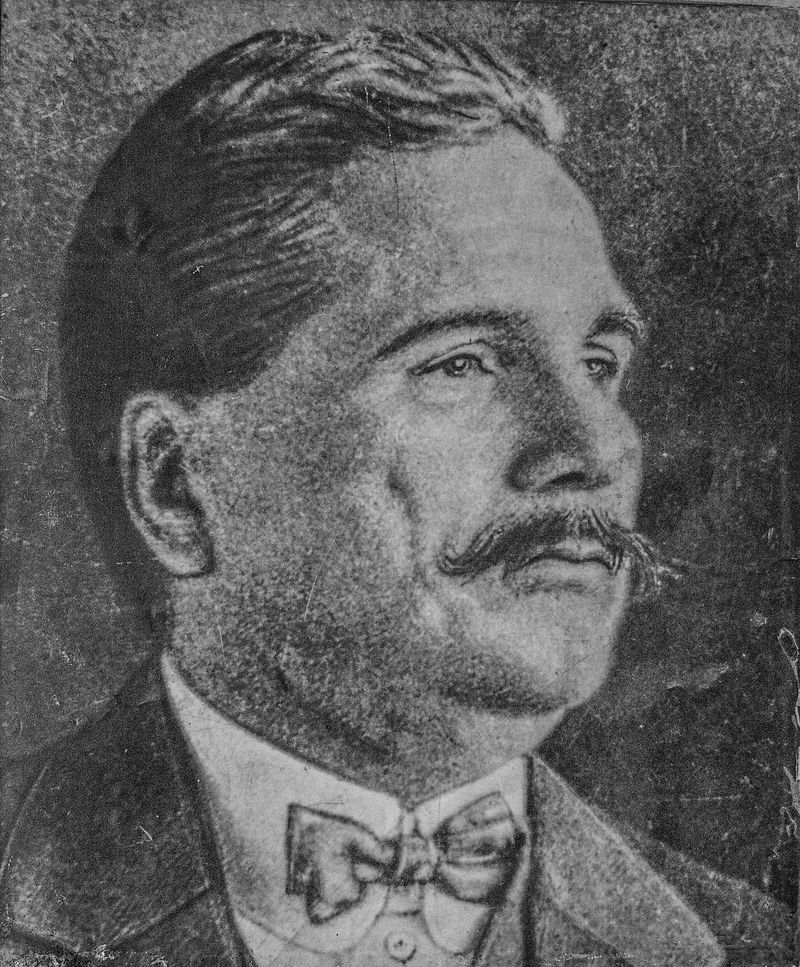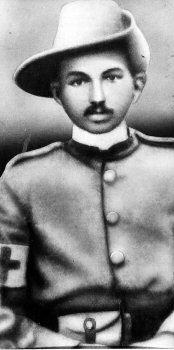
It is widely believed that the #MuslimLeague had always wanted to create a nation for #Muslims, and was founded by Muhammad Ali Jinnah. Not true. Jinnah was not its founder, and the League initially had no intention of creating #Pakistan. So what are the facts?
#IndiaAt75
#IndiaAt75

The Muslim League was created in 1906 to empower Muslims in the subcontinent and push a pro-nationalist agenda. Jinnah joined the party in 1913. The idea of Pakistan was first ideated by Muhammad Allama Iqbal, a philosopher-poet and a member of the league, in 1930. 

A group of India’s elite Muslims met at Ahsan Manzil, the palace of Dhaka’s Nawab Salimullah, in 1906. At the meet, the Nawab proposed the creation of a political party for the betterment of India’s Muslims. The proposal was accepted, giving rise to the Muslim League. 

Until the 1930s, the party had little mass appeal. Abul Kasem Fazlul Huq broke away and created the Krishak Praja Party in 1929. His party struck a chord with the people for its anti-zamindar stand. It became the third-largest party in Bengal’s provincial elections in 1937. 

After failing to create an alliance with the Congress, Abul Kasem Fazlul Huq forged a coalition with Jinnah’s Muslim League. In October 1937, his party merged with the League. It was Huq who presented the demand for Pakistan in the Lahore Resolution on 23rd March 1940. 

• • •
Missing some Tweet in this thread? You can try to
force a refresh














